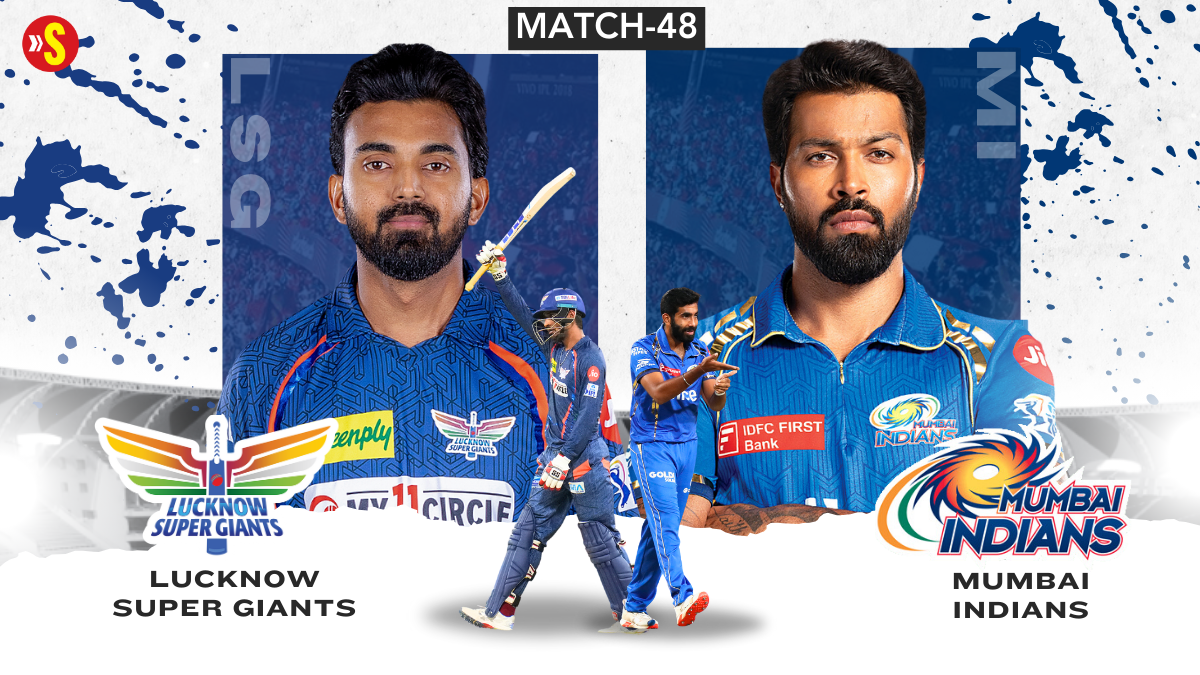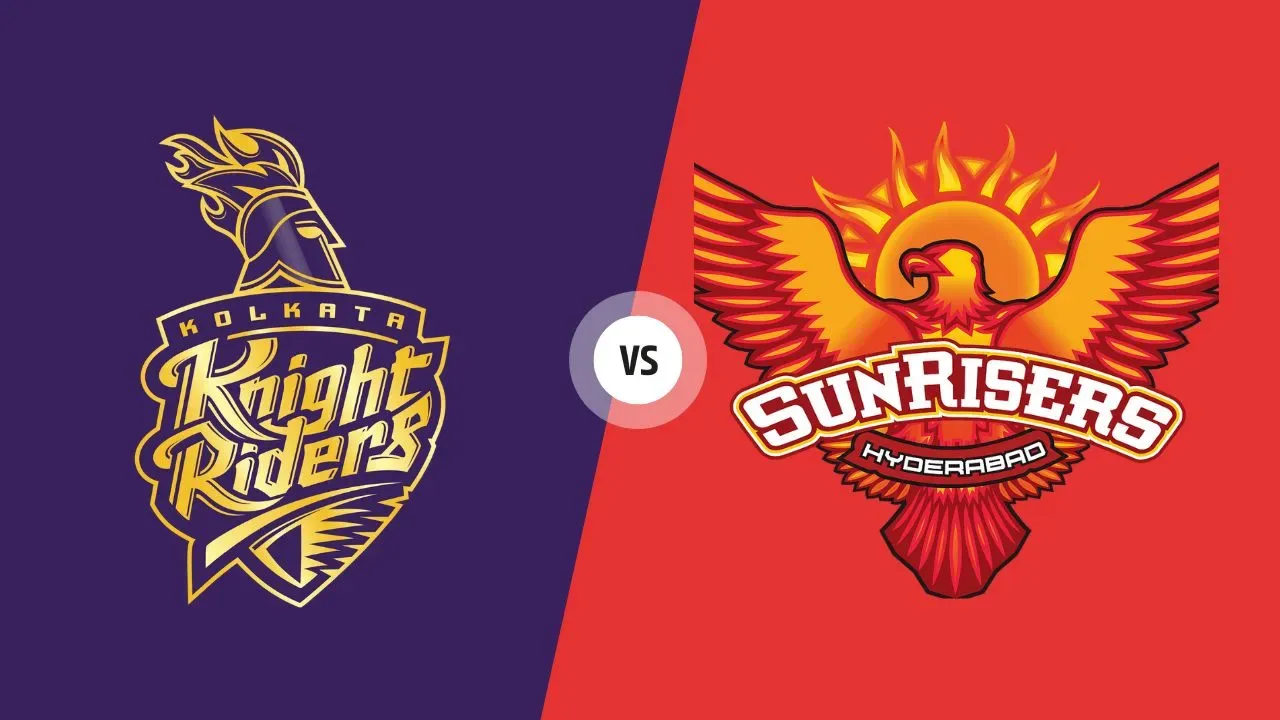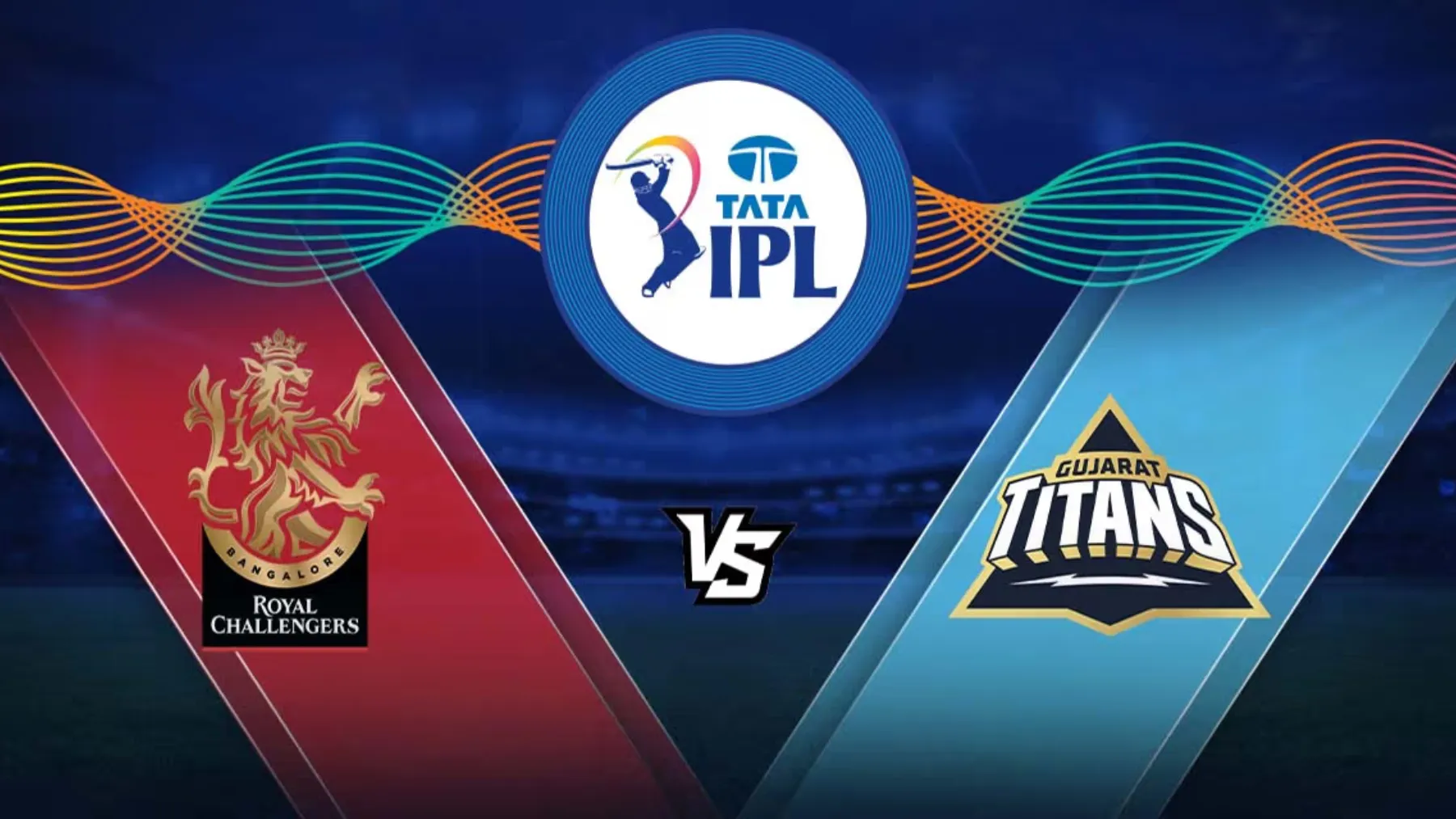Comprehensive Guide to Loans for Students, Workers, Self-Employed Individuals, and Business People in India

India’s financial landscape has evolved significantly, offering a wide array of loan products tailored to diverse groups—students pursuing education, salaried workers managing personal expenses, self-employed individuals seeking flexibility, and business owners driving growth. Whether you’re funding a degree, covering a medical emergency, or expanding a business, understanding the right loan type, the best lenders, and how to improve your creditworthiness (specifically your CIBIL score) is crucial. This 2000-word guide dives deep into the types of loans available in India, highlights top banks and apps, and provides actionable tips to boost your CIBIL score as of April 1, 2025.
Types of Loans by Category
1. Loans for Students
Students in India often require financial assistance to pursue higher education, whether at home or abroad. The rising cost of tuition, accommodation, and study materials has made loans a lifeline for many. Here are the primary options:
- Education Loans: These are the cornerstone of student financing in India. Offered by public and private banks, education loans cover tuition fees, hostel expenses, books, and even travel costs for international studies. The government supports these through schemes like the Vidyalakshmi portal, which connects students to multiple lenders. Interest rates typically range from 8.5% to 13%, and repayment begins after a moratorium period (course duration plus 6-12 months). Secured loans (with collateral) often have lower rates, while unsecured ones require a co-signer or guarantor.
- Personal Loans for Students: For smaller, immediate needs—like buying a laptop or paying for a certification course—some students opt for personal loans. These are unsecured, quick to disburse, but often require a co-signer (e.g., a parent) due to students’ limited credit history or income.
- Micro-Loans: Fintech apps have introduced small, short-term loans (INR 500-10,000) for students to bridge temporary cash gaps, such as exam fees or travel expenses.
Comprehensive Guide to Loans for Students, Workers, Self-Employed Individuals, and Business People in India (Continued)
Let’s pick up where we left off and complete this detailed 2000-word guide on loan types, top lenders, and CIBIL score improvement strategies tailored to India as of April 1, 2025.
Types of Loans by Category (Continued)
1. Loans for Students (Continued)
- Bank of Baroda: Baroda Vidya (up to INR 20 lakh, 8.85%+ secured) and Baroda Scholar (for international studies, up to INR 60 lakh). These loans come with flexible repayment options and subsidized rates for female students.
- Apps:
- mPokket: A popular app among students, offering micro-loans from INR 500 to INR 10,000 at interest rates of 24%+ per annum. Disbursal is instant, requiring only a student ID and basic KYC, making it ideal for urgent needs like hostel fees or books.
Students benefit from government initiatives like the Central Sector Interest Subsidy Scheme (CSIS), which waives interest during the moratorium for families earning less than INR 4.5 lakh annually. However, micro-loans from apps should be used cautiously due to high interest rates and short repayment tenures.
2. Loans for Workers (Salaried Employees)
Salaried workers in India, with their predictable income, are a favored group for lenders. Banks and fintechs offer a variety of loans to meet their needs, from emergencies to lifestyle upgrades. Key options include:
- Personal Loans: These unsecured loans are the go-to for salaried individuals needing funds for weddings, medical bills, vacations, or debt consolidation. Loan amounts range from INR 50,000 to INR 25 lakh, with tenures of 1-5 years and interest rates starting at 10.5%. No collateral is required, but a CIBIL score of 700+ ensures better terms.
- Salary Overdraft: Many banks provide overdraft facilities linked to salary accounts, allowing workers to borrow up to 2-3 times their monthly salary. Interest is charged only on the amount withdrawn, making it cost-effective for short-term needs.
- Consumer Durable Loans: For purchasing appliances (e.g., TVs, refrigerators) or gadgets, banks and NBFCs offer 0% EMI schemes or low-interest loans tied to salary accounts, often in partnership with retailers like Flipkart or Amazon.
Best Options:
- Banks:
- HDFC Bank: Personal loans starting at 10.5% p.a., with amounts up to INR 40 lakh and quick disbursal (within 24 hours for pre-approved customers).
- Axis Bank: Offers personal loans (11%+) and salary overdrafts, with a user-friendly online application process.
- Apps:
- Moneyview: Instant personal loans (16%+ p.a.) up to INR 5 lakh, disbursed within hours, ideal for salaried workers with a CIBIL score of 650+.
- EarlySalary (now Fibe): Salary-linked loans (18%+ p.a.) from INR 10,000 to INR 5 lakh, with repayment synced to payday.
Salaried workers should compare processing fees (1-2% of loan amount) and prepayment penalties before choosing a lender.
3. Loans for Self-Employed Individuals
Self-employed individuals—freelancers, consultants, doctors, or small shop owners—often lack traditional income proof like salary slips, but India’s lending ecosystem has adapted to their needs. Options include:
- Personal Loans for Self-Employed: These require income proof like Income Tax Returns (ITR) for the last 2-3 years, bank statements, and a CIBIL score of 650+. Loan amounts can go up to INR 50 lakh, with interest rates starting at 10.65%. Usage is flexible, from home renovations to business investments.
- Gold Loans: A popular choice, these are secured against gold jewelry, offering quick funds (within hours) with minimal documentation. Interest rates range from 9% to 20%, depending on the loan-to-value ratio (up to 75% of gold value).
- Loan Against Property (LAP): For larger needs, self-employed individuals can borrow against residential or commercial property. Amounts range from INR 10 lakh to INR 10 crore, with tenures up to 15 years and rates starting at 9%.
Best Options:
- Banks:
- ICICI Bank: Personal loans for self-employed (10.65%+), gold loans (9.5%+), and LAP (9%+), with flexible eligibility criteria.
- Kotak Mahindra Bank: Gold loans (9%+) and personal loans (11%+), known for quick processing.
- Apps:
- KreditBee: Fast loans (16%-29.95% p.a.) up to INR 3 lakh, requiring minimal paperwork like PAN and ITR.
- Navi: Digital loans (12%+) up to INR 20 lakh, with a seamless app-based process.
Self-employed borrowers should maintain consistent ITR filings and bank transactions to strengthen their loan applications.
4. Loans for Business People
Business owners in India, from small traders to large entrepreneurs, need capital for inventory, equipment, or expansion. The government and private sector offer robust options:
- MSME Loans: Under schemes like the Pradhan Mantri Mudra Yojana (PMMY), micro, small, and medium enterprises can borrow up to INR 10 lakh with minimal collateral. Interest rates start at 8.5%. The Credit Guarantee Fund Trust for Micro and Small Enterprises (CGTMSE) scheme also provides collateral-free loans up to INR 2 crore.
- Business Loans: Term loans from banks or NBFCs for specific purposes (e.g., machinery purchase) require financial statements, business vintage (2+ years), and sometimes collateral. Amounts range from INR 5 lakh to INR 50 crore, with rates from 9% to 18%.
- Cash Credit/Overdraft: A revolving credit line against business assets (e.g., inventory, receivables) or revenue, ideal for working capital. Interest is charged only on the utilized amount.
Best Options:
- Banks:
- SBI: MSME loans (8.5%+), business loans (9%+), and cash credit facilities, backed by a vast network.
- Punjab National Bank (PNB): Affordable business loans (9%+) and Mudra loans, with subsidies for priority sectors.
- Apps:
- Indifi: Business loans (13%+) up to INR 50 lakh, tailored for SMEs with quick disbursal.
- FlexiLoans: Digital-first loans (15%+) up to INR 20 lakh, requiring minimal documentation.
Business owners can also explore government portals like psbloansin59minutes.com for fast-track approvals.
Best Loan Banks and Apps in India
Here’s a detailed rundown of top lenders as of April 1, 2025, based on interest rates, accessibility, and customer feedback:
Banks
- State Bank of India (SBI):
- Offerings: Education loans (10.15%+), MSME loans (8.5%+), personal loans (10.5%+).
- Why Choose: Low rates, government-backed schemes, and a presence in rural and urban areas.
- HDFC Bank:
- Offerings: Personal loans (10.5%+), business loans (11%+), salary overdrafts.
- Why Choose: Fast processing, high loan limits (up to INR 40 lakh), and digital banking integration.
- ICICI Bank:
- Offerings: Self-employed personal loans (10.65%+), gold loans (9.5%+), LAP (9%+).
- Why Choose: Flexible eligibility, quick disbursal, and a strong focus on self-employed borrowers.
- Bank of Baroda:
- Offerings: Education loans (8.85%+ secured), business loans (9%+).
- Why Choose: Competitive rates, especially for secured loans, and student-friendly terms.
Apps
- Moneyview:
- Offerings: Personal loans (16%+ p.a.) up to INR 5 lakh.
- Why Choose: Instant approval, minimal paperwork, and disbursal within 24 hours.
- KreditBee:
- Offerings: Micro-loans (16%-29.95% p.a.) up to INR 3 lakh.
- Why Choose: Fast funding, ideal for salaried and self-employed with basic KYC.
- Navi:
- Offerings: Personal loans (12%+), business loans (13%+).
- Why Choose: Fully digital process, competitive rates, and high loan limits (up to INR 20 lakh).
- mPokket:
- Offerings: Student micro-loans (24%+ p.a.) up to INR 10,000.
- Why Choose: Quick disbursal, student-focused, and no guarantor needed.
Tips to Improve Your CIBIL Score
A CIBIL score (300-900) above 750 is critical for securing low-interest loans in India. Here’s a detailed guide to improve it:
- Pay EMIs and Bills on Time: Payment history accounts for 40% of your CIBIL score. Missing even one EMI can drop your score by 50-100 points. Set up auto-debit or reminders to stay on track.
- Lower Credit Utilization Ratio (CUR): Keep credit card usage below 30% of your limit (e.g., INR 30,000 on a INR 1 lakh limit). High CUR (30% of score) signals risk to lenders. Pay off balances monthly.
- Check Your CIBIL Report Regularly: Access your free annual report at www.cibil.com and dispute errors (e.g., wrong loan entries, paid-off debts marked unpaid). Errors can unfairly lower your score.
- Avoid Multiple Loan Applications: Each hard inquiry reduces your score by 5-10 points. Use pre-qualification tools (soft inquiries) to check eligibility without impact.
- Clear Small Defaults: Settle overdue credit card bills, even if years old, to remove negative marks. Lenders report settlements to CIBIL, improving your score over time.
- Maintain Old Credit Accounts: Credit age (15% of score) matters. Keep long-standing cards active with small, paid-off transactions to show stability.
- Diversify Credit Mix: A mix of secured (e.g., gold loans) and unsecured (e.g., personal loans) credit, managed well, boosts your score (10% weightage).
- Opt for a Secured Loan: If your score is low (below 600), a gold loan or credit-builder loan with timely repayment can rebuild your credit profile.
Consistency is key—improvements may take 6-12 months but can save thousands in interest.
Final Thoughts
India’s lending ecosystem in 2025 offers something for everyone. Students can rely on SBI’s education loans or mPokket’s micro-funding, salaried workers benefit from HDFC’s personal loans or Moneyview’s speed, self-employed individuals thrive with ICICI’s flexibility or KreditBee’s ease, and business owners leverage SBI’s MSME loans or Indifi’s digital solutions. A strong CIBIL score—built through timely payments, low debt, and smart credit use—unlocks the best rates and terms.
Before applying, compare interest rates (including hidden costs like processing fees), eligibility criteria, and repayment flexibility. With India’s digital lending boom, securing the right loan is more accessible than ever—choose wisely to meet your goals without financial strain!
Keywords
- “best loans for students in India”
- “personal loans for salaried employees India”
- “loans for self-employed in India”
- “business loans India 2025”
- “how to improve CIBIL score India”
- Secondary Keywords (Supporting Terms, Long-Tail Variations):
- “education loans India banks”
- “top loan apps India”
- “gold loans for self-employed”
- “MSME loans India government”
- “instant personal loans India”
- Bank and App-Specific Keywords (Brand-Driven Searches):
- “SBI education loan interest rate”
- “HDFC personal loan eligibility”
- “ICICI loan for self-employed”
- “Moneyview loan app review”
- “KreditBee instant loan”
- CIBIL-Related Keywords (Action-Oriented):
- “increase CIBIL score fast”
- “CIBIL score for loan approval India”
- “check CIBIL score free”






Leave a Reply